Company, Crown and Colony —— The Hudson's Bay Company and Territorial Endeavour in Western Canada
----- 公司,王室和殖民地:加拿大西部哈德逊湾公司和领地
Trading companies played a vital role in colonial endeavour. The great English, Dutch and French merchant companies took the risks of trade and travel in a dangerous world, opening up trading routes to the farthest corners of the globe. The Hudson's Bay Company was just such an enterprise. Established under a charter granted by Charles II in 1670, with Prince Rupert, the king's cousin, as one of its directors, the company was granted 4m square kilometres of what was to become Canada, over which huge territory they were given sole trading rights.When, in the first half of the nineteenth century, the boundaries between British North America and the western USA were being negotiated, it became strategically important for Britain to be the ruler of Vancouver Island. Accordingly the Hudson's Bay Company - as the only organised body operating in the region - were coerced into becoming colonial rulers under licence from the Crown. Vancouver Island became a company colony and the HBC's stockaded trading post at Fort Victoria became the colonial capital. Company, Crown and Colony tells the story of this challenging period in the history of the company and the region. Stung by considerable criticism at home for granting the island to a trading concern the British government sent out a colonial governor, Richard Blanshard, to impose local authority on the situation. Blanshard was a disaster - he argued with the HBC, upset the European settlers, and engaged in punitive expeditions against the indigenous peoples. Ill and dispirited, he resigned and was replaced as governor by James Douglas, Chief Factor for the Hudson's Bay Company. Douglas had to balance the contrasting demands of being a trading company with being a colony. To the former settlement and colonization could interfere with the indigenous fur trade; to the latter, settlement and colonisation were a requirement. Douglas had to organise migration, land sales and settlement, oversee the coal mines, build a civil society with schools and churches, and establish a legal and government system. He had to be constantly vigilant about the Russians to the north and an expanding America to the south. And all his activities and decisions had to take account of the presence of 15,000 or so indigenous peoples on the island, whose attitudes range from benign to openly hostile. When the gold rush of 1858 along the Fraser River brought thousands of additional settlers, who used Victoria as an entry point and supply depot, the colony had to cope with boom and later bust, as the gold rush was not maintained. But the gold rush also revealed the potentialities of British Columbia as a colony. Eventually, after a spell as an independent colony - again under Douglas - Vancouver Island, which by this time had been reclaimed from the Hudson's Bay Company, united with British Columbia before going on to enter the Canadian Federation.Drawing on rich archival resources in both Canada and the UK the author provides a detailed account of this turbulent and challenging period, revealing the difficulties faced by a leading merchant company as they sought to resolve their conflicting interests of commerce and settlement in a complex situation, and providing fresh and lively insights into the emergence of a region of North America that is today one of the principal commercial centres of Canada. The story is one that will engage all those with an interest in the history of the Hudson's Bay Company, Canadian history, and colonial endeavour.
{{comment.content}}
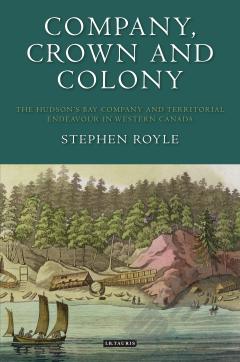
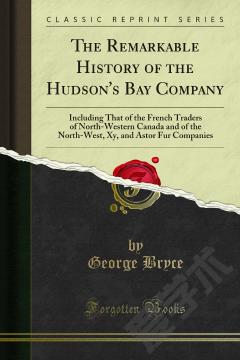
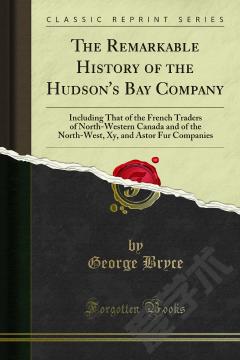


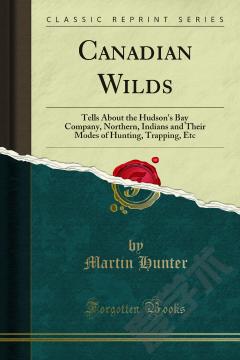
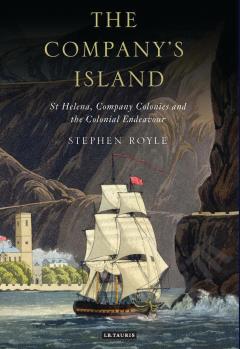

 京公网安备 11010802027623号
京公网安备 11010802027623号